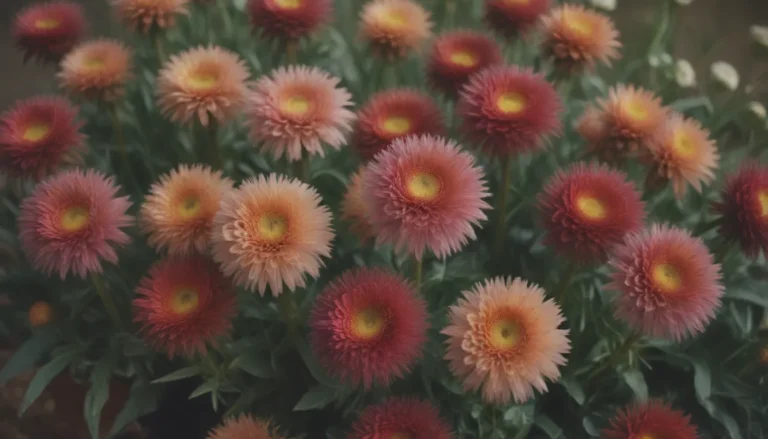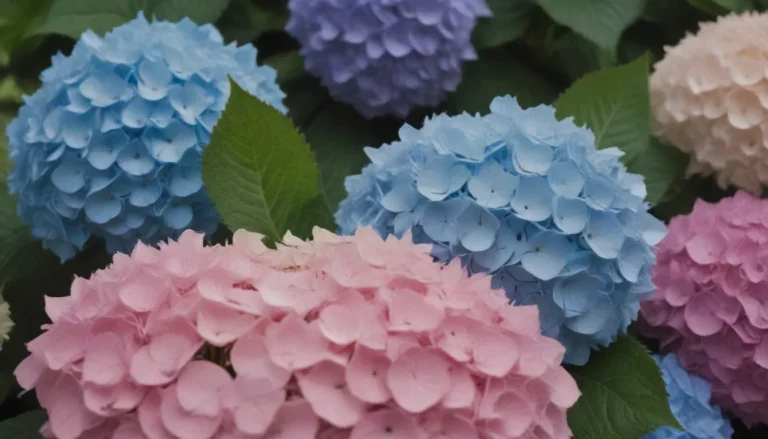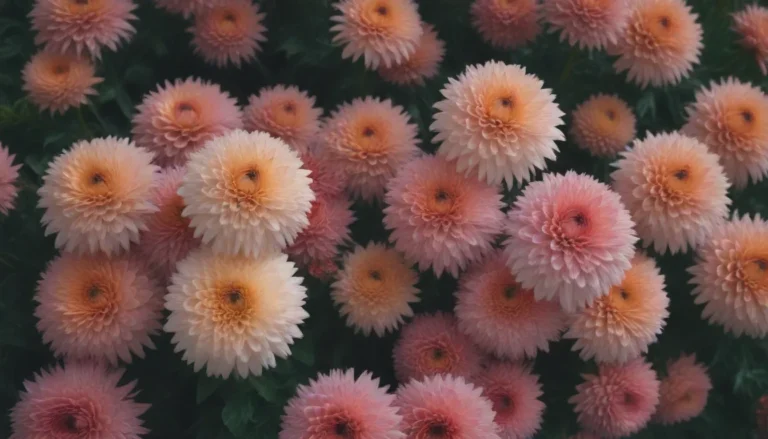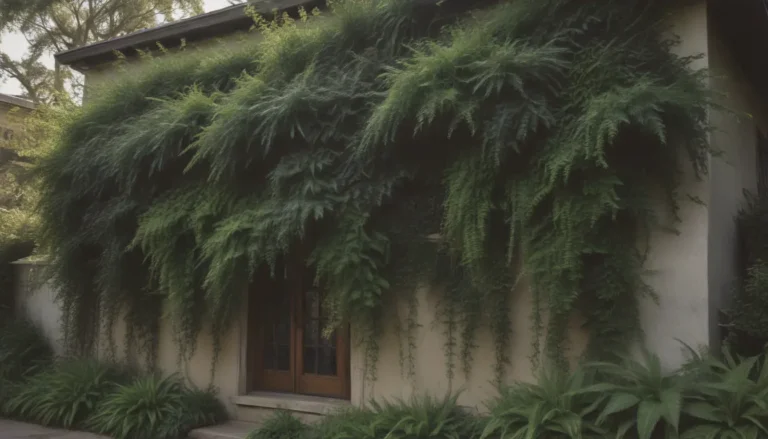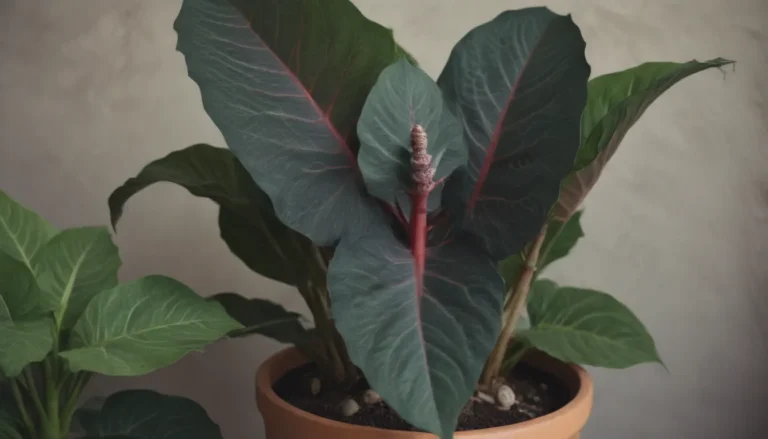Comprehensive Guide on How to Grow and Care for Norfolk Island Pine
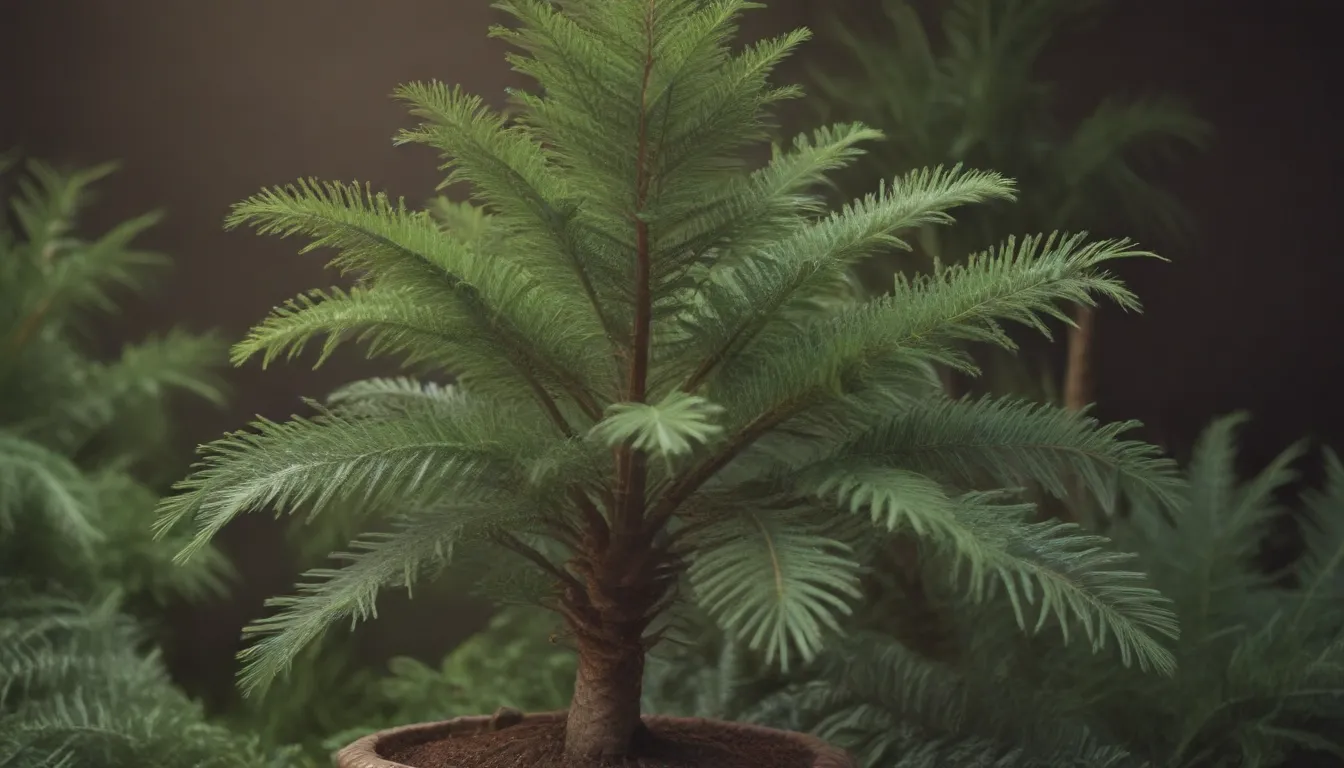
If you’re looking to add a touch of greenery to your indoor or outdoor space, the Norfolk Island pine might be the perfect plant for you. Despite its name, the Norfolk Island pine is not a true pine tree but rather a member of the Araucaria family. Known for its pleasingly symmetrical branches and short, inward-curving needles, the Norfolk Island pine is a popular choice for both indoor and outdoor cultivation.
Introduction to Norfolk Island Pine
The Norfolk Island pine, scientifically known as Araucaria heterophylla, is a versatile plant that can grow indoors as a houseplant or outdoors in subtropical climates. While it can reach staggering heights of up to 200 feet in the wild, indoor Norfolk Island pines typically grow to a more manageable 3 to 8 feet tall. With the right care and attention, this plant can thrive for many years, bringing a touch of nature into your home or garden.
Benefits of Growing Norfolk Island Pine
- Adds greenery to indoor spaces
- Low maintenance plant
- Can be grown as a living Christmas tree
- Helps purify indoor air
Norfolk Island Pine Care Tips
Growing and caring for a Norfolk Island pine is a rewarding experience, as these plants are relatively easy to maintain with the right conditions. Whether you choose to grow your Norfolk Island pine indoors or outdoors, here are some essential care tips to ensure its health and vitality:
Light
- Ensure your Norfolk Island pine receives plenty of sunlight, preferably full sun.
- Rotate the plant regularly to ensure even light exposure on all sides.
- If grown indoors during the winter, provide bright, indirect light or supplement with grow lights.
Soil
- Plant your Norfolk Island pine in rich, sandy, and acidic soil.
- The plant prefers a pH range of 4.5-5.5, so consider testing your soil to ensure the right acidity level.
- Use a potting mix that is porous, sandy, and slightly acidic for indoor plants.
Water
- Water your Norfolk Island pine regularly, ensuring the soil is damp but not soggy.
- Indoor plants may need watering every one to two weeks, while outdoor trees prefer slightly moist soil.
- Allow excess water to drain out of the pot to prevent root rot.
Temperature and Humidity
- Norfolk Island pines thrive in temperatures between 65°F and 70°F.
- Keep the plant away from drafts and ensure high humidity levels, especially during the winter months.
- Consider using a humidifier to maintain the ideal humidity levels for your plant.
Fertilizer
- Use a weak liquid fertilizer during the growing season, but avoid fertilizing during low-light periods.
- Look for a 20-20-20 NPK formulation or specialized fertilizers for conifers and azaleas.
- Young Norfolk Island pines may benefit from staking for extra support as they establish their root systems.
Types of Norfolk Island Pines
There is only one recognized variety of Norfolk Island pine, Araucaria heterophylla. While other species from the Araucaria family may occasionally be mislabeled as Norfolk Island pines, the care requirements for these plants are generally similar.
Pruning Techniques
- Remove lower branches that have died, especially in indoor specimens.
- Avoid trimming the top of the tree, but consider cutting off the central leader if the plant outgrows its space.
- Regularly inspect and remove dead or diseased branches to maintain plant health.
Propagating Norfolk Island Pine
Norfolk Island pines are best propagated from seed, rather than cuttings. Ensure the seeds are placed on a germination medium and provide bright, indirect light for optimal growth. Avoid overwatering the seedlings and monitor for signs of germination, such as tap root and top growth.
Tip
Avoid attempting to propagate Norfolk Island pines from cuttings, as this method is generally unsuccessful. Stick to seed propagation for best results.
Potting and Repotting
- Repot your Norfolk Island pine when it becomes root-bound or the roots start to emerge from the drainage holes.
- Choose a heavy potting mix with good drainage for mature plants.
- Repot in the spring and consider increasing pot size as the plant grows, ensuring adequate support and stability.
Overwintering Tips
- Protect your Norfolk Island pine from temperatures below 35°F by bringing it indoors during frosty weather.
- Maintain high humidity levels and place the plant in a sunny location away from drafts.
- Water sparingly during the winter months, allowing the soil to dry out slightly between waterings.
Common Pests and Diseases
Norfolk Island pines are susceptible to pests such as aphids, mealybugs, spider mites, and whiteflies. Monitor your plant regularly for signs of infestation and treat promptly with appropriate measures. Additionally, overwatering can lead to fungal diseases like anthracnose, causing yellowing and eventual death of the plant.
Troubleshooting Common Problems
Norfolk Island pines may exhibit various issues, including browning or yellowing needles and dropping foliage. These problems are often caused by environmental factors such as temperature fluctuations, inadequate light, or improper watering. By addressing these issues promptly, you can help your Norfolk Island pine thrive and flourish.
In conclusion, the Norfolk Island pine is a versatile and visually appealing plant that can enhance your indoor or outdoor space with its unique foliage and striking appearance. By following the care tips and recommendations outlined in this guide, you can ensure the health and longevity of your Norfolk Island pine, creating a vibrant and thriving addition to your home or garden.
